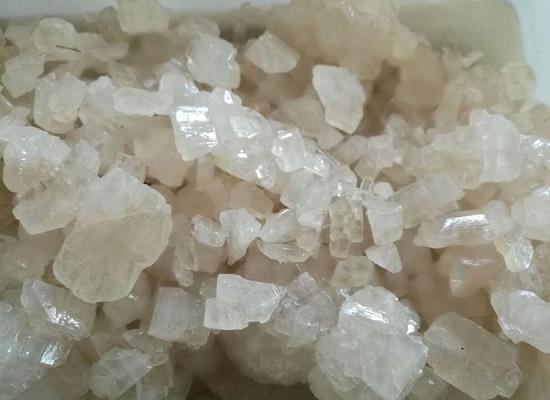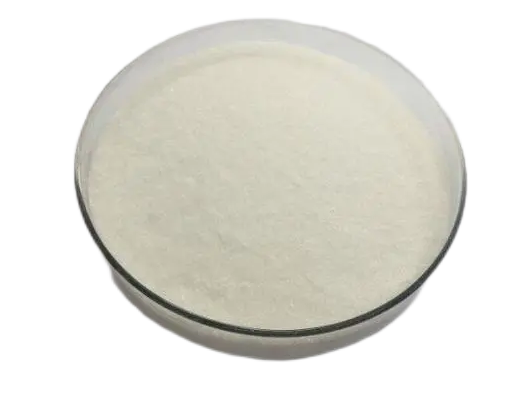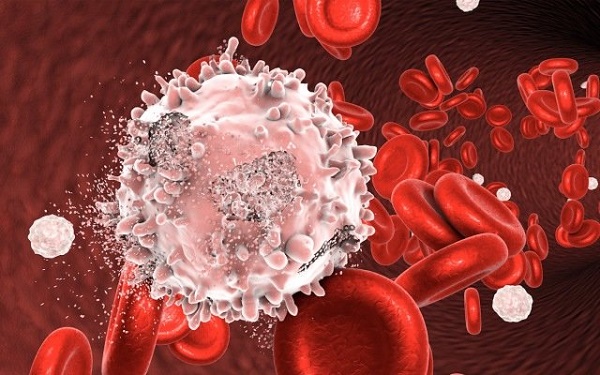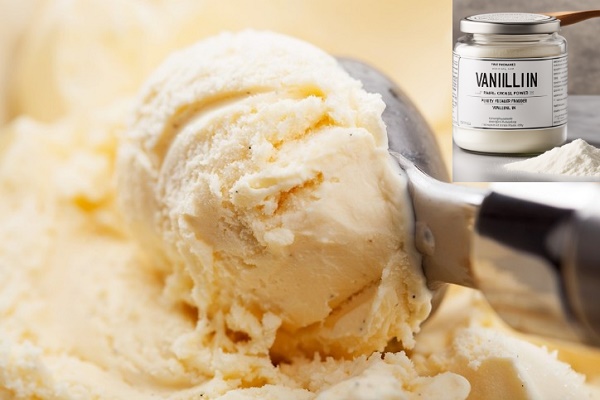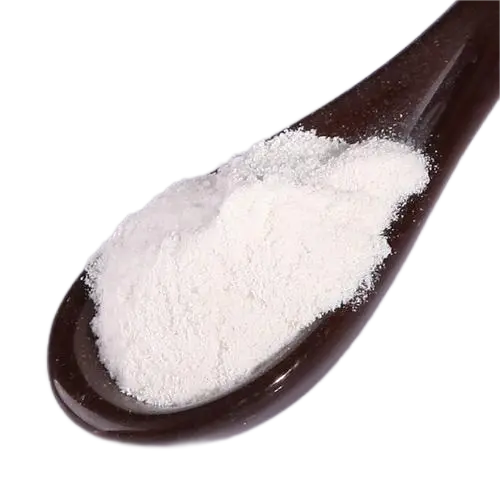Eutylone: mechanism of action, clinical applications and toxicity
Eutylone is a synthetic cathinone with psychostimulant effects, but its recreational use is illegal and discouraged due to risks and adverse effects.
Dec 4,2023 APIPharmacokinetic and bioequivalence study of cefprozil suspension granules
Cefprozil is an oral second-generation semisynthetic cephalosporin with broad-spectrum antibacterial activity.
Dec 1,2023 DrugsQ:What is the mechanism that causes paclitaxel resistance?
A:Mechanisms of resistance to paclitaxel have also been extensively studied, such as overexpression of ABC transporters, altered expression of signalling apoptotic genes to resist cell death, and microt
Dec 1,2023 DrugsCeftriaxone sodium: Uses,Side effects,Interaction
Ceftriaxone sodium is a third-generation cephalosporin antibiotic with high activity against many Gram-negative bacteria and some activity against most Gram-positive bacteria.
Dec 1,2023 DrugsThe biological activity and cytotoxicity of Bisantrene
Bisantrene is a new anthracene anticancer agent active in the treatment of disseminated breast cancer.
Dec 1,2023 APIVanillin: a famous flavoring agent
Vanillin is a natural organic compound extracted from the vanilla bean of Rutaceae and is a famous flavoring agent widely used worldwide.
Dec 1,2023 Flavors and fragrancesEstradiol Valerate/Dienogest: A Novel Oral Contraceptive
Estradiol valerate/dienogest is a 4-phasic oral contraceptive approved for the prevention of pregnancy. The 4-phasic design allows for acceptable cycle control with this hormonal combination.
Dec 1,2023 DrugsWhat are the adverse effects of Cyclohexylamine on humans?
Cycloheximide is pharmacologically active and acts similarly to reserpine. A single dose administered orally or intravenously causes an increase in blood pressure.
Dec 1,2023 APIHow the XeF4 lewis structure is formed
The XeF4 Lewis structure consists of a central atom, xenon (Xe), and four outer atoms, fluorine (F), bonded at 90° and 180°. The xenon atom (Xe) and each fluorine atom (F) are connected by a single bo
Dec 1,2023 APIA widely used coupling agent: Diphenylphosphoryl azide
Diphenylphosphoryl azide is a well-known azide reagent used in peptide couplings, Curtius rearrangements, and Mitsunobu inversions
Dec 1,2023 Chemical Reagents



